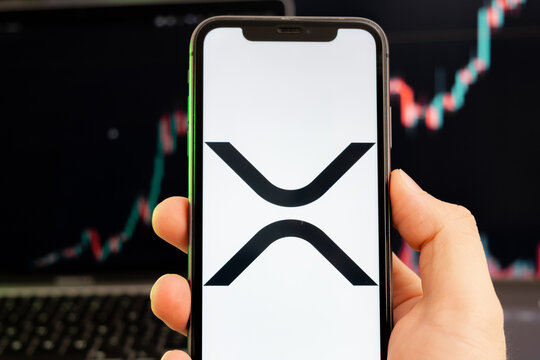
content, reviewed by leading industry experts and seasoned editors. Ad Disclosure
The conversation around XRP price hitting $1,000 often gets trapped in the familiar narrative of retail-driven cycles and short-term speculation. Market analyst Barri C challenges this perspective, arguing that conventional benchmarks fail to capture the token’s true potential. According to him, assessing XRP solely through the lens of retail investors and four-year cycles overlooks the unprecedented scenario of institutional adoption and real-world utility.
Retail Thinking Limits Perception Of XRP Price Potential
In a post shared on X, Barri C emphasizes that skepticism about a $1,000 XRP is rooted in a retail investor mindset. Historically, the crypto market has been driven by retail cycles, often following a four-year boom-and-bust pattern, as seen with Bitcoin’s surges in 2017 and 2021. These cycles focus on short-term speculative gains rather than long-term systemic value.
He points out that “all we have ever seen is retail investing and a four-year cycle,” highlighting that analysts are applying familiar frameworks to an unprecedented situation: XRP’s adoption by banks and financial institutions worldwide.
Retail speculation may generate price volatility, but as the analyst explains, it does not reflect how a cryptocurrency behaves when embedded in global financial infrastructure. Barri C argues that this oversight limits understanding of XRP’s full potential. If mass adoption and enterprise utilization continue, reaching $1,000 and potentially far beyond, becomes a realistic outcome, contrary to the conclusions drawn from retail-focused analysis.
Utility, Partnerships, And Institutional Integration Driving The Value
Beyond retail cycles, XRP’s long-term value is increasingly shaped by its real-world utility, strategic partnerships, and deepening integration with institutional finance. Ripple’s partnerships with DBS Group and Franklin Templeton allow trading and lending of tokenized money market funds on the XRP Ledger, demonstrating enterprise-grade use that could help drive the XRP price action.
Building on this foundation, Ripple’s $200 million acquisition of Rail significantly strengthens its institutional infrastructure. Rail’s stablecoin payment systems, virtual accounts, and automated settlement capabilities, when combined with the RLUSD stablecoin framework, position XRP as a central component of high-volume financial networks.
The impact of these developments is further amplified through Ripple’s On-Demand Liquidity (ODL) network. Deployed across more than 300 financial institutions in 45 jurisdictions, ODL leverages XRP, enabling real-time settlement and optimizing capital efficiency. These operational advantages, coupled with Ripple’s strategic expansions into the Middle East and Africa, underscore XRP’s growing role in facilitating practical utility that could scale its value.
Finally, Ripple’s pursuit of a US national bank charter and a Federal Reserve Master Account highlights its commitment to embedding the altcoin into traditional financial systems. Together, these initiatives illustrate that XRP’s future valuation may be driven by adoption, infrastructure scaling, and institutional integration rather than short-term retail sentiment. According to Barri C, closely tracking XRP’s developments provides the clearest insight into how the XRP price could realistically reach—and potentially exceed—the $1,000 milestone.
Featured image created with Dall.E, chart from Tradingview.com

Editorial Process for bitcoinist is centered on delivering thoroughly researched, accurate, and unbiased content. We uphold strict sourcing standards, and each page undergoes diligent review by our team of top technology experts and seasoned editors. This process ensures the integrity, relevance, and value of our content for our readers.
.png)




